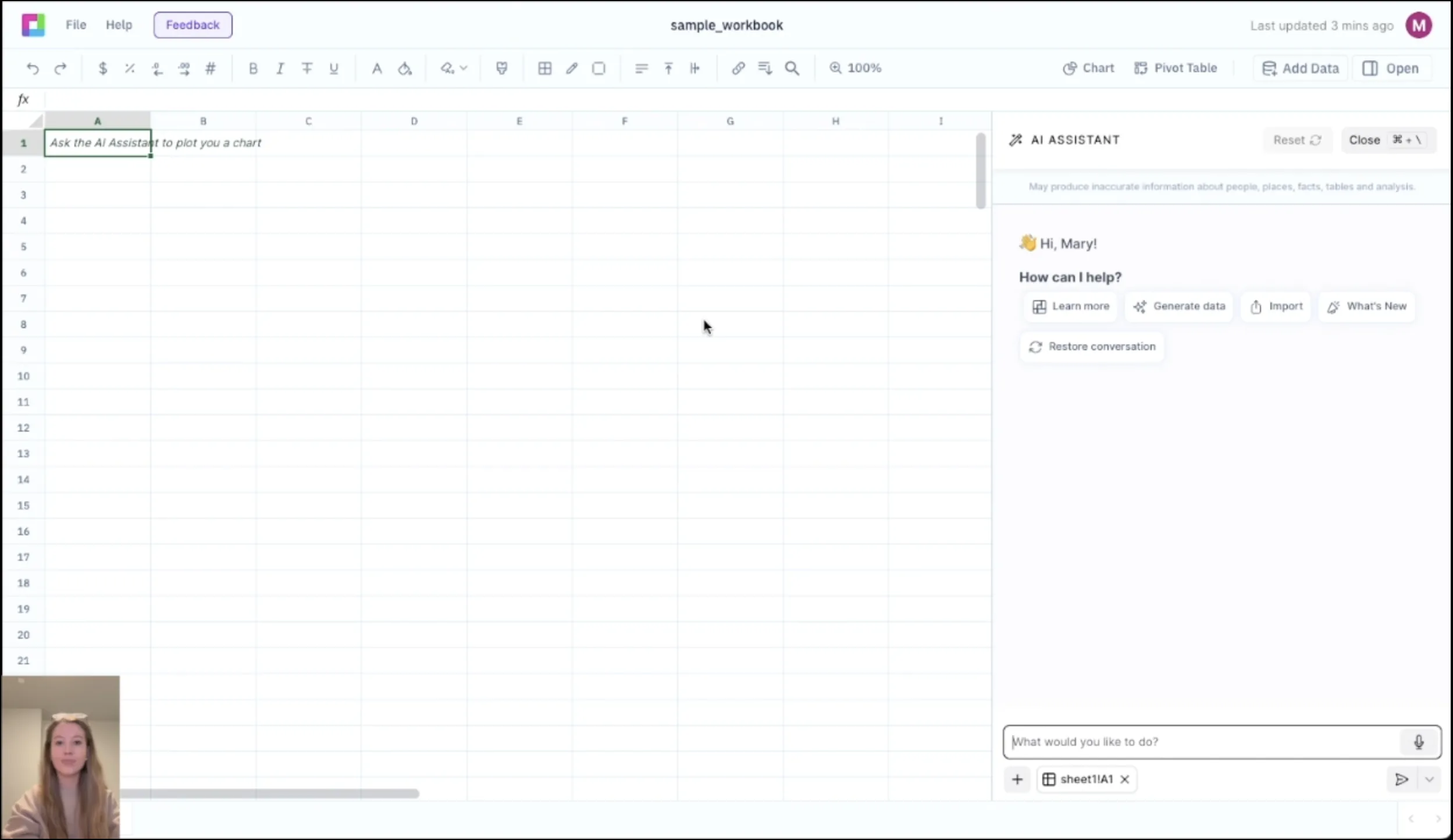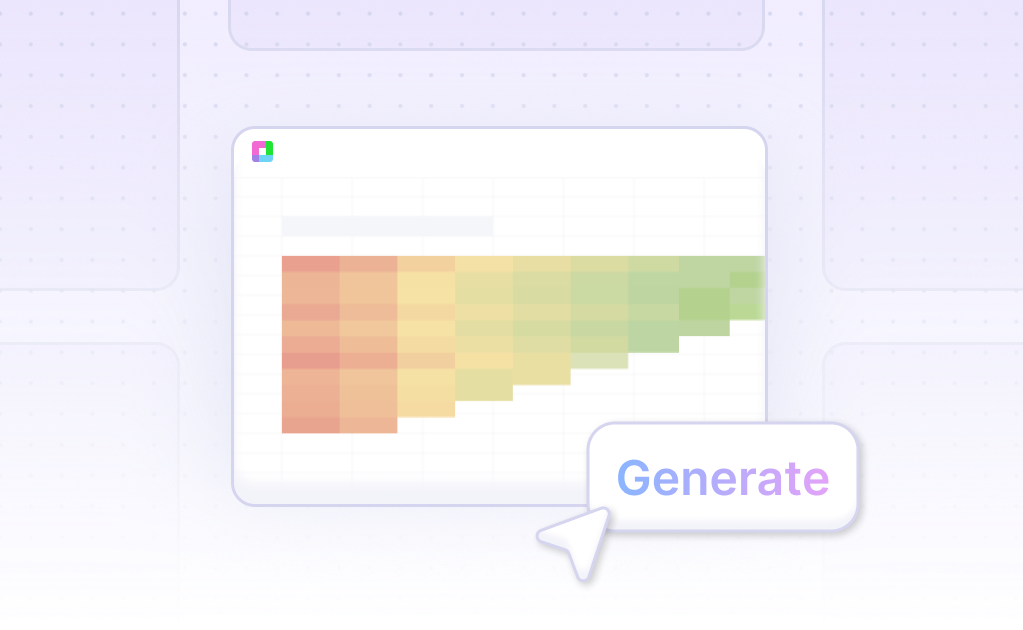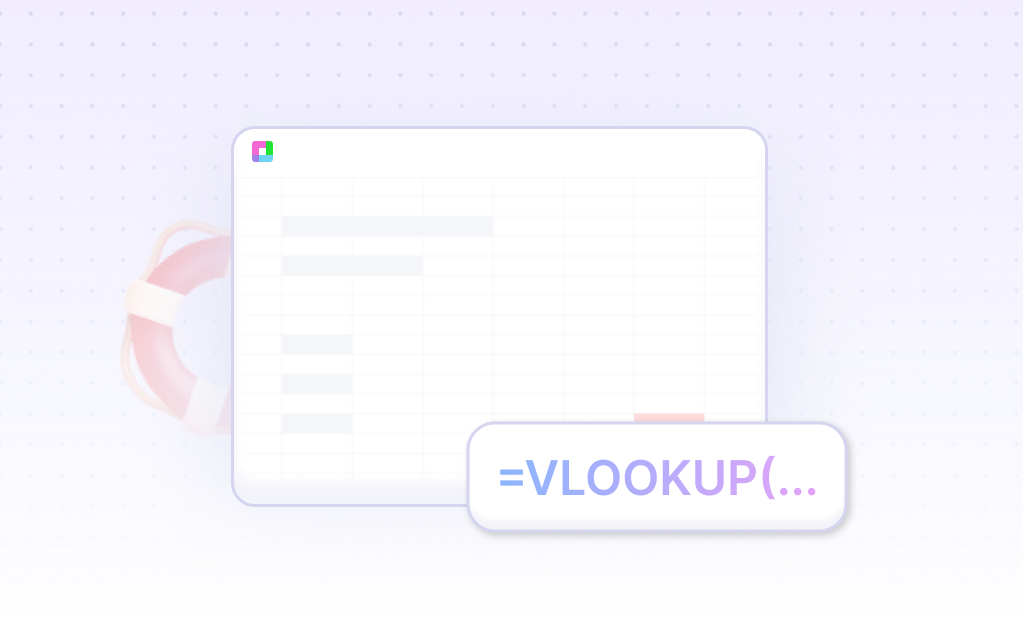
Master the Gold Standard of Business Valuation
Discounted Cash Flow (DCF) analysis is the cornerstone of financial valuation, providing a fundamental approach to determine intrinsic business value. Our DCF Analysis Model delivers institutional-grade tools to build comprehensive cash flow projections and calculate accurate valuations.
From revenue forecasting to terminal value calculations, master every component of DCF modeling. Built for investment professionals, analysts, and business owners, this template ensures your valuations are rigorous, defensible, and aligned with industry best practices.
Advanced Cash Flow Projection Framework
Revenue Forecasting
Build detailed revenue projections with multiple growth scenarios, seasonal adjustments, and market penetration analysis. Model different revenue streams and validate assumptions with historical performance and market research.
Operating Expense Modeling
Project operating expenses with granular detail including fixed costs, variable costs, and semi-variable costs. Model economies of scale, inflation adjustments, and operational leverage effects.
Working Capital Analysis
Calculate working capital requirements based on business cycles, growth rates, and operational efficiency improvements. Project accounts receivable, inventory, and accounts payable changes.
Capital Expenditure Planning
Forecast capital expenditures including maintenance capex and growth capex. Link capital investments to revenue growth and operational capacity requirements.
Professional Valuation Components
WACC Calculation
Calculate weighted average cost of capital with market-based inputs including risk-free rates, market risk premiums, beta coefficients, and cost of debt. Include size premiums and company-specific risk adjustments.
Terminal Value Analysis
Calculate terminal value using perpetuity growth method and exit multiple method. Analyze terminal value sensitivity and its impact on overall valuation to understand key value drivers.
Present Value Calculations
Discount projected cash flows to present value using mid-year convention and appropriate discount rates. Calculate enterprise value and equity value with debt and cash adjustments.
Sensitivity Analysis
Perform comprehensive sensitivity analysis on key assumptions including revenue growth, margins, discount rates, and terminal growth rates. Generate data tables and tornado charts to visualize key drivers.
Frequently Asked Questions
What time horizon should I use for DCF analysis?
The template typically uses a 10-year explicit forecast period with terminal value capturing value beyond that point. This provides sufficient detail for near-term projections while acknowledging forecasting limitations for distant periods.
How do I estimate terminal growth rates?
The template provides guidance on terminal growth rates based on GDP growth, inflation expectations, and industry maturity. It typically ranges from 2-4% for mature companies and includes sensitivity analysis around these assumptions.
Can it handle different tax structures?
Yes, the template accommodates different tax structures including corporate tax rates, tax shields from debt, and international tax considerations. It properly calculates after-tax cash flows and tax benefits.
How does it calculate beta?
The template includes both levered and unlevered beta calculations using comparable company data. It adjusts for financial leverage differences and provides guidance on beta estimation for private companies.
What about cyclical businesses?
The template includes tools for modeling cyclical businesses with normalized earnings, through-the-cycle margins, and cycle-adjusted cash flows. It helps avoid valuation distortions from temporary cyclical effects.
Related Financial Modeling Tools
Connect your most-used data sources and tools to Sourcetable for seamless analysis.
Frequently Asked Questions
If you question is not covered here, you can contact our team.
Contact Us





